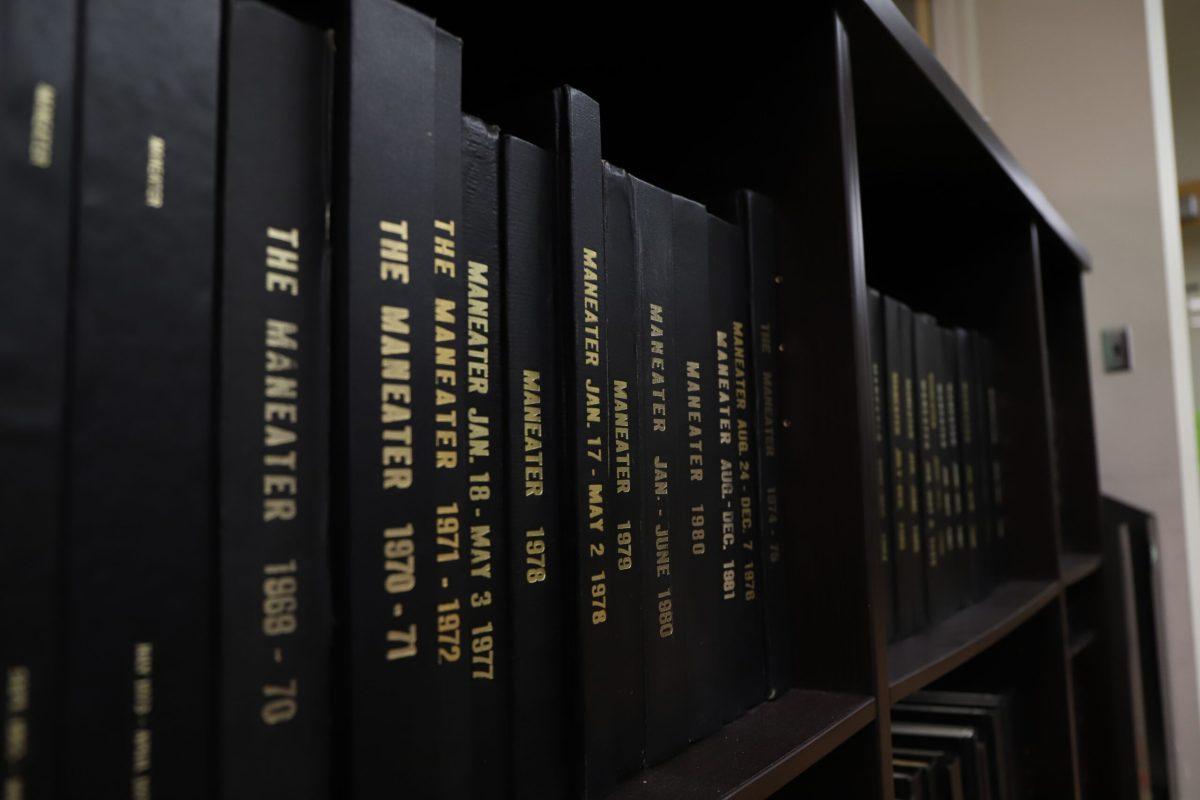Public education and the advancement of forward thinking should be a priority for our state government, but we continue to see evidence that this is not the case in Missouri.
[In a recent decision, the UM System Board of Curators voted to raise resident and non-resident tuition and levied additional supplemental fees](https://www.themaneater.com/stories/2015/2/5/tuition-fees-increase-system-wide/). Resident undergraduate tuition will be raised 0.8 percent and non-resident undergraduate tuition will be raised 3 percent. Supplemental fee increases were approved for the Sinclair School of Nursing, the Trulaske College of Business and the College of Arts and Science. The increases in tuition alone will bring in $8.6 million to UM System, which is necessary to keep up with inflation rates.
We understand that increases in tuition are necessary to meet the rising demands of public education. Numerous buildings on this campus require extensive renovation and have yet to receive the proper funding they need. [The nursing school raised course fees to optimize their clinical labs and to balance the student-to-faculty ratio needed to keep the school’s accreditation](https://www.themaneater.com/stories/2015/1/15/curators-discuss-supplemental-fee-increases/), for example.
We also recognize that are other areas of potential funding that the university could draw from. [UM System President Tim Wolfe’s annual salary is $459,000. Chancellor R. Bowen Loftin earns $450,000 a year](http://www.stltoday.com/news/local/stl-info/university-of-missouri-employee-payroll/html_7d356bce-2e6e-5f75-9425-4d2f2c53c86b.html). The chancellor’s staff contains 14 members, and the provost’s staff contains 35 members. That’s a lot of money and a lot of staff members being used in the administration alone.
Administration is a necessary component of the UM System and its four campuses, but consolidating some of these positions and minimizing lavish salary levels could create substantial fiscal room for programs that are desperately in need of additional funding.
While raising tuition and fees could help the university on the short run, it could also directly hurt the students it is trying to attract. The administration should think about the long-term benefit of the university and its students, and take more proactive steps to minimize the burdens for financially-disadvantaged students.
These tuition increases can have many negative effects on the diversity in MU’s enrollment. In recent years, the university has taken pride in increasing its diversity and in populations of minority students, thanks to competitive tuition rates. But if this precedent is continued and the costs of MU keep climbing, more students will instead opt for more affordable universities and colleges — and this will likely disproportionately affect poor and underprivileged students.
MU’s role as a public land-grant university is also challenged by the rise in tuition. The more expensive it becomes to attend MU, the more it seems as though we are a private university. MU relies more heavily on outside donations for essential funding than it has at any other time in its 176th year: During fiscal year 2013-2014, [MU raised $164.5 million in private funds, the most it has ever raised in a single year](https://www.themaneater.com/stories/2014/7/8/mu-announces-record-year-fundraising/). This argument was brought up by curator John Phillips last Thursday, who [condemned the “privatization” of higher education in Missouri](https://www.themaneater.com/stories/2015/2/5/tuition-fees-increase-system-wide/). If MU is not providing an affordable college education, is it really accomplishing its original purpose of serving Missourians, as charged by the Morrill Act?
At the root of the tuition increases is the lack of adequate financial support from the state legislature. MU and public education in Missouri have become less of a priority for lawmakers. [According to a recent report, the state is distributing a smaller portion of the budget for the Missouri Department of Higher Education than it has in the past](https://www.themaneater.com/stories/2015/1/21/spain-johanson-report-targets-missouri-tuition/). If MU is to maintain low tuition and fulfill its mission to serve Missouri and its citizens, the state must show more support for its flagship university.
Balancing affordability and quality of education can be a tough task, but the state should not force educators to sacrifice one for the other. Instead, the Missouri General Assembly should provide the resources necessary for our public schools to operate effectively. Perhaps the state should join the Board of Curators in making 2015 “the year of the student.”










